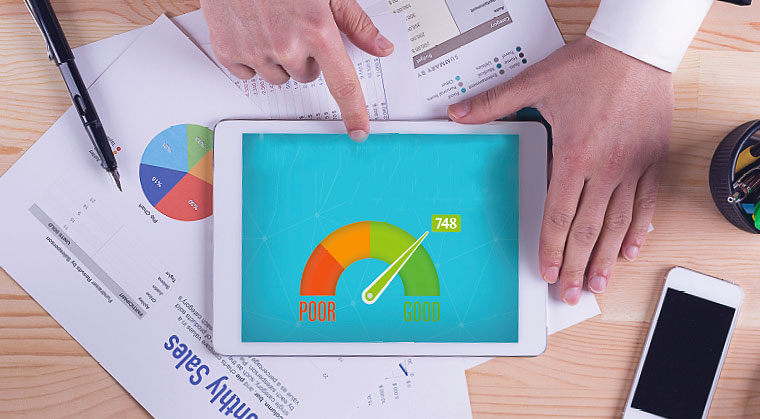A Little Number That Means a Lot
| February 7, 2018A credit score can make or break you at the bank. Beware, there are many ways to destroy your score — and fewer ways to improve it

One in three Americans has a credit rating in the poor to bad range and most are unaware until the time comes to buy a home, lease a car, or otherwise apply for a line of credit. That’s when their score suddenly hits them flush in the financial forehead
R
ecently divorced Samantha Martin* was looking for a new home, so she met with a broker to apply for a mortgage. That’s when she discovered that she had a major problem.
“He told me my credit was a mess, and I might have trouble qualifying,” she says. “I’d noticed that funny things were going on with my mail, and that, since my divorce I wasn’t getting all of my bills. But this was the first time I realized the extent of the problem.”
It turns out that Samantha’s ex-husband, Samuel, had run up a sizeable debt. Since their names are so similar, Samantha’s name had been mistakenly listed as the responsible party. At the same time, the US Postal Service, which sorts mail using an electronic reader that scans only the first three letters of the first name, began sending Samantha’s mail to her ex-husband. It was a double whammy: not only was she being held responsible for her ex-husband’s debt, she was falling perilously behind on her own bills.
Samantha is hardly alone in her woes. One in three Americans has a credit rating in the poor to bad range and most are unaware until the time comes to buy a home, lease a car, or otherwise apply for a line of credit. That’s when their score suddenly hits them flush in the financial forehead. But a poor score is more than an inconvenience. It can take years to clear up and seriously limit financial spending power when it’s needed most.
It’s All Being Recorded What is a credit score? Simply put, it is a financial report card, a grade assigned to every individual. It is also called a FICO score (after the company that invented it). A credit rating indicates the statistical probability of a person defaulting on a loan and is based on how punctually a person pays bills, how often he applies for new lines of credit, and how well he handles his long-term debt.
Every one of us has a credit report and it records in painstaking detail every credit-related financial transaction we’ve ever taken. Had a bad month and missed paying the electric bill? It’s on there. Opened a Macy’s, Kohl’s, and Target account in the same month? It’s keeping track of just how many credit cards you’re walking around with.
Who, exactly is keeping track? While technically, there are hundreds of credit-reporting agencies in the United States, three dominate the industry: Experian, TransUnion, and Equifax. Each of these bureaus maintains an up-to-date report on your credit, and assigns you a credit score based on your record. When a would-be lender, or any other interested party, wants to check on your credit history, he turns to one or all three of these bureaus.
While Equifax, the oldest of the three companies, began tracking credit histories all the way back in 1899, the standardized system of credit tracking as we know it began in the 1960s. The credit scoring system used today was developed in 1960 by the Fair Isaac Corporation, today called FICO. More recently, in 2006, an additional scoring system, called VantageScore, was developed by the big three credit reporting companies.
(Excerpted from Mishpacha, Issue 697)
Oops! We could not locate your form.







